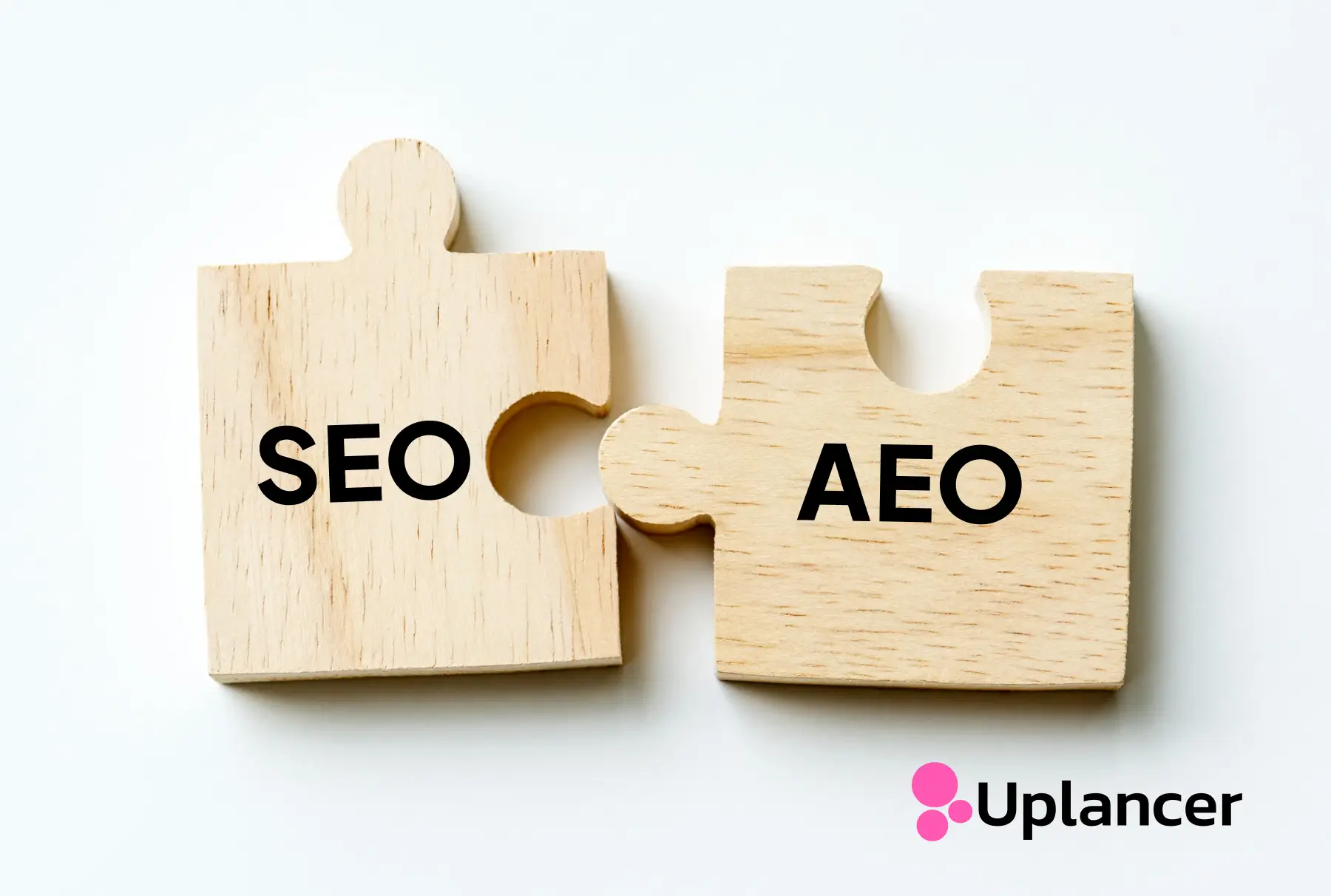While Lightsail makes deploying a CDN easier, there are several key pitfalls you must avoid to ensure that your website works. Here’s a breakdown of common Lightsail CDN Distribution mistakes and how to prevent them.
1. Replace Placeholders in WP-Config.php with Your Domain
When following official Lightsail documentation, it’s easy to overlook placeholder settings in your WP-Config.php file. AWS provides example configurations with dummy domains, and failing to replace them with your actual business domain can lead to CDN/Website functionality issues.
Solution:
Double-check your WP-config.php file and update any instance of a placeholder domain with your correct domain name before deploying your CDN settings. In other words, from the official AWS documentation, change “DOMAIN” to your actual domain:
define('WP_SITEURL', 'http://DOMAIN/');
define('WP_HOME', 'http://DOMAIN/');
if (isset($_SERVER['HTTP_CLOUDFRONT_FORWARDED_PROTO'])
&& $_SERVER['HTTP_CLOUDFRONT_FORWARDED_PROTO'] === 'https') {
$_SERVER['HTTPS'] = 'on';
}
Tip: Make sure you delete/comment out the following or its equivalent if you’ve edited it:
define('WP_SITEURL', 'http://' . $_SERVER['HTTP_HOST'] . '/');
define('WP_HOME', 'http://' . $_SERVER['HTTP_HOST'] . '/');
2. Match Your Protocols: HTTP vs. HTTPS
Your web server and CDN must communicate using the same protocol. If your web server is sending data via HTTP, but your distribution is set up to require HTTPS, you may run into rendering or functionality issues. Similarly, if your CDN is enforcing HTTPS while your server still serves HTTP, your site may break.
Solution:
Ensure your Lightsail distribution and your web server settings align. Configure your server to send data using HTTPS/HTTP and update your Lightsail distribution to match.
3. Restart Your Server After Major Config Changes
If you’ve made significant updates to your configurations, your Apache server (or whichever web server you use) requires a restart for changes to take effect. This is particularly relevant when adjusting caching settings, headers, or security protocols.
Solution:
Restart your web server after making changes. If you’re running an active ad campaign or experiencing high traffic, schedule these restarts strategically to minimize disruption and wasted traffic.
Bitnami Apache Restart Command (Linux-based servers):
sudo /opt/bitnami/ctlscript.sh restart apache
4. Confirm Headers and Cookie Rules Are Properly Configured
When setting up CDN caching configurations in Amazon Lightsail, you need to whitelist certain headers and cookies. If these settings are misconfigured, you may encounter permission errors that restrict you from modifying headers later and your website from being served.
Solution:
Review your caching rules and ensure that necessary headers and cookies are allowed. You can do this in the Lightsail CDN settings under “Behavior” configuration:
- Custom settings
- Cache nothing
- Allow caching for these paths: wp-includes/* and wp-content/*
- Allow GET, HEAD, OPTIONS, PUT, PATCH, POST and DELETE methods
- Forward the following headers: host and Accept-Encoding
- Forward no cookies
- Forward no query strings
5. Be Patient: CDN and DNS Propagation Take Time
CDN and DNS propagation aren’t instantaneous. Once you set up your Lightsail CDN distribution, it may take time for changes to reflect across the internet. This waiting period can vary, but it’s typically a few minutes to several hours.
Solution:
If you’ve double-checked your configurations and the site isn’t working immediately, give it some time before making additional changes. You can use tools like whatsmydns.net to check DNS propagation status.
6. Clear Cache If Your Site Looks Broken
If your website appears to have display issues, such as broken layouts or incorrect content appearing, it could be due to outdated cached data. Your browser or CDN might be serving an older version of your site.
Solution:
- Clear your browser cache.
- Clear WordPress cache (if applicable, via caching plugins like WP Rocket or W3 Total Cache).
- Purge Amazon Lightsail CDN Distribution cache from the AWS Lightsail console.
- Hard refresh your browser (Ctrl+Shift+R on Windows or Cmd+Shift+R on Mac).
The Bottom Line
Setting up an Amazon Lightsail CDN distribution can improve website performance and deliver content efficiently to users. However, small CDN configuration errors can introduce major issues. Avoiding these common mistakes will help ensure a smooth setup process:
✅ Replace placeholders in WP-config.php with your domain.
✅ Align HTTP/HTTPS settings between your server and CDN.
✅ Restart your server after significant config updates.
✅ Verify caching settings and whitelist necessary headers.
✅ Be patient—CDN & DNS propagation takes time.
✅ Reset cache if layout issues appear.
By following these best practices, you’ll have a seamless Amazon Lightsail CDN setup, ensuring better performance and reliability for your website. Need expert assistance? Contact Uplancer Agency to configure your CDN today!













